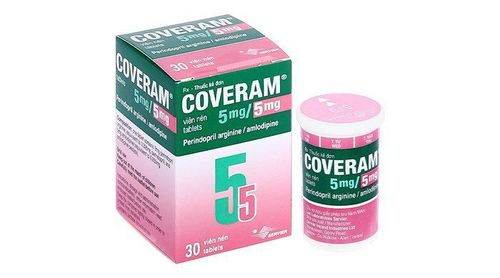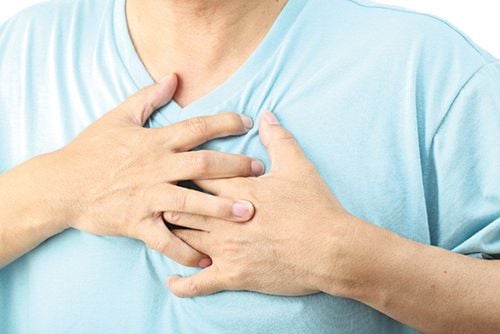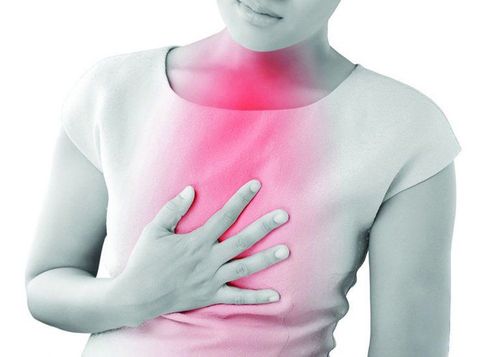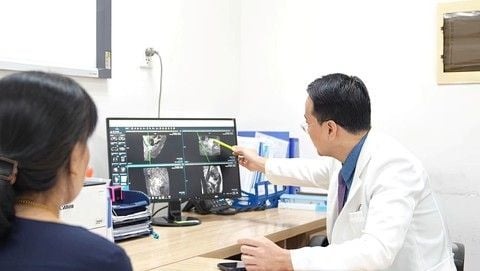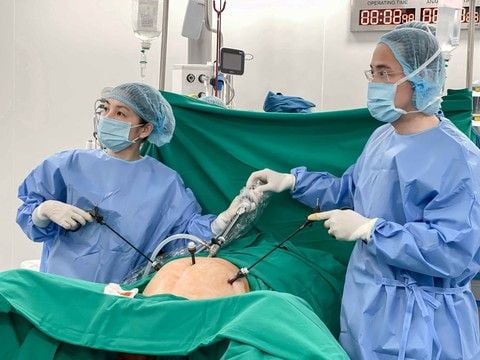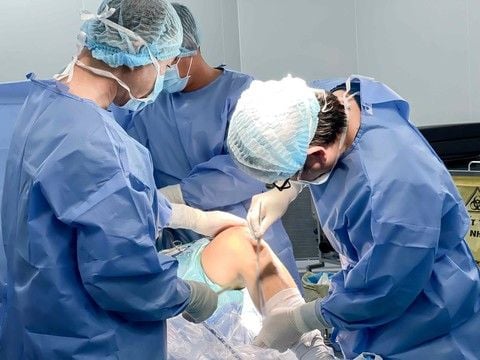One of the symptoms of COPD - chronic obstructive pulmonary disease is difficulty breathing. Difficulty breathing hinders many of the patient's life activities, including eating. Patients may feel depleted of energy and malnourished because of shortness of breath while eating. So what should you do when you have shortness of breath while eating?
1. What to eat when you have difficulty breathing?
1.1 Prioritize eating nutritious foods
Because some people with COPD are often thin or even malnourished due to having to use 10 times more calories than normal people, it is best to choose foods that are high in calories to keep your energy levels high, which will positively affect your breathing, helping you improve the condition of shortness of breath while eating. Try filling your plate with vegetable fats such as coconut, nuts, fruits, and vegetables to provide the energy and nutrients needed to help the body fight infection and inflammation.
1.2 Protein supplements
Protein plays an important role in everyone's diet, but that's especially true if you have COPD. Eat a healthy diet at least twice daily to strengthen your breathing muscles and prevent infections. Protein-rich foods include eggs, lean meat, fish, poultry, beans, and nuts.
1.3 Eat more fiber
Constipation can cause bloating and put extra pressure on your diaphragm. High-fiber foods like vegetables, dried beans, whole grains, rice, cereals, and fresh fruit aid in digestion because they have a natural laxative effect, which can help reduce shortness of breath while eating. Aim for 20 to 35 grams of fiber per day.
1.4 Eat Foods That Are Easy to Chew
Foods that are difficult to chew or swallow can cause shortness of breath while eating and may even lead to choking. Excessive chewing can deplete your energy levels during meals, making it harder to finish eating. Choosing foods that are easy to chew helps conserve energy for breathing. Opt for soft, well-cooked foods or liquid meals on days when you feel particularly tired.
1.5 Reduce Salt Intake
Excess sodium can lead to water retention, which may impact breathing. Therefore, it’s advisable to adopt a low-salt diet. Avoid adding salt while preparing food, refrain from salting your meals, and limit foods high in salt. It's also best to eliminate the habit of eating salty foods such as pickled vegetables, shrimp paste, and canned goods.
1.6 Drink More Water
In addition to monitoring what you eat, it’s crucial to pay attention to your water intake. Staying hydrated helps keep phlegm thin and can alleviate shortness of breath while eating. Aim to drink around 1.5 to 2 liters of water daily. However, try to limit water consumption during meals, as it can lead to feelings of fullness and bloating, which may hinder your breathing. Avoid carbonated drinks, as they can cause inflammation and potentially worsen shortness of breath.

2. How to Eat to Improve Shortness of Breath
2.1 Eat Smaller, More Frequent Meals
Consuming large amounts of food in one sitting can put pressure on your lungs and diaphragm, making it more shortness of breath while eating. Instead of having three main meals a day, try eating five or six smaller meals. This will provide a steady source of energy, help you breathe easier, and decrease the risk of heartburn.
2.2 Eat Slowly
Eating too quickly can hinder digestion, cause overeating, and drain your energy, all of which can contribute to shortness of breath while eating. Aim to extend your meals to at least 20 minutes. Take your time, chew your food thoroughly, and consciously focus on your breathing while you eat.
2.3 Clear Your Airways Before Meals
If you often experience shortness of breath while eating, it’s beneficial to clear your lungs of phlegm (mucus) about an hour before you sit down to eat. Techniques to clear your airways include controlled coughing, postural drainage, and chest percussion to help loosen and expel phlegm.
2.4 Sit Up Straight
Lying down, leaning back, or slouching can put pressure on your lungs. Instead, sit up straight with your feet on the floor to help reduce shortness of breath while eating. This allows your lungs to fully expand and can aid both breathing and digestion.
2.5 Practice Breathing Techniques
One of the breathing exercises for COPD is pursed lip breathing, which is a useful breathing technique to use when you are short of breath. It can help you reduce anxiety and finish your meal. Practice pursed lip breathing when you feel short of breath while eating and you will be surprised at the difference it makes.
Relax your shoulders, then close your mouth, and breathe normally through your nose for 2 seconds. Pucker your lips as if you are about to blow out a candle and then exhale slowly through your mouth for 4 seconds.
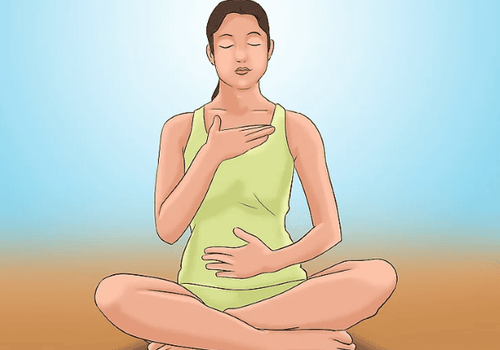
2.6 Rest Before Meals
If you often feel tired and short of breath while eating, consider taking a short nap before your meal. This can provide the energy necessary for digestion. However, avoid lying down for at least 30 minutes after eating, as this can hinder digestion.
2.7 Arrange Meal Times Wisely
Schedule your meals at times when you have the most energy. For instance, if you typically feel fatigued at 5 PM, consider moving dinner to an earlier time. Remember, dinner doesn’t have to be your largest meal of the day. If your energy levels dip throughout the day, plan to have a more substantial breakfast.
By implementing these strategies, individuals experiencing difficulty breathing can find the eating process more manageable and comfortable.
To arrange an appointment, please call HOTLINE or make your reservation directly HERE. You may also download the MyVinmec app to schedule appointments faster and manage your reservations more conveniently.
To arrange an appointment, please call HOTLINE or make your reservation directly HERE. You may also download the MyVinmec app to schedule appointments faster and manage your reservations more conveniently.
